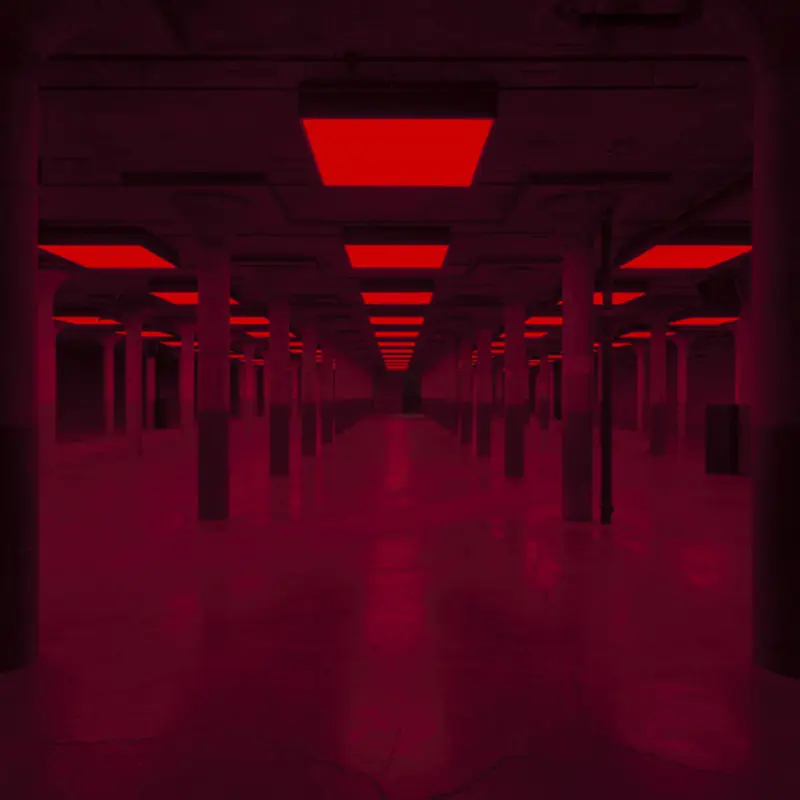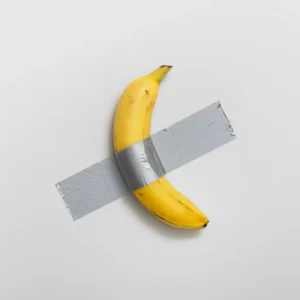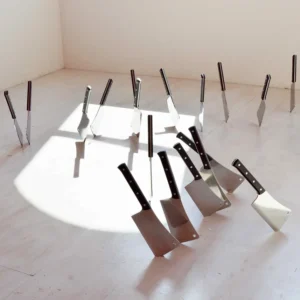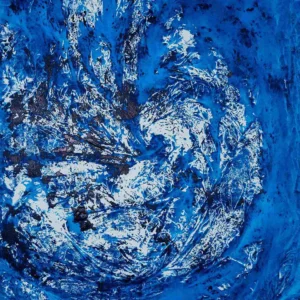Artist and filmmaker Steve McQueen’s latest exhibition at Dia Beacon immerses visitors in a film-less experience. Using light and sound as sculptural elements, McQueen crafts a sensory journey with 60 ceiling-mounted lightboxes and a symphony of bass instruments.
“Bass” (2024) features 60 ceiling-mounted lightboxes cycling through the visible light spectrum, accompanied by a soundscape of bass instruments. The sound originates from a group of five musicians of African heritage who spontaneously created music together in the basement earlier this January, loosely guided by McQueen. The full 189-minute session is showcased with minimal alterations.
Distinguishing between the intricate tones, such as those resonating from Kouyaté’s ngoni and Miller’s bass, proves challenging. Together, their collaboration weaves a lush auditory experience, orchestrated by McQueen’s deliberate placement of elements to saturate the vast gallery with a dynamic, multi-layered soundscape. Overhead speakers pulsate with intense knocks and crisp pizzicato, persisting until the red hues gradually morph into vibrant oranges hues.
For over three decades, Steve McQueen has explored film’s potential as a medium for material experimentation, documentary, and narrative, creating works that are both innovative in form and incisive in political commentary. He uses light and sound in a manner akin to that of a sculptor or painter, placing his films and videos within installations that engage on several levels, pushing past traditional cinematic boundaries.
Known for his impactful long shots, McQueen seems to have shifted his focus. One of his latest works, “Occupied City,” a lengthy documentary on Amsterdam during the Holocaust, indicates a change in his artistic priorities.
Unlike his previous work, this recent film, through a narrator, explores the disenfranchisement of Jews in Amsterdam without directly showing the historical atrocities. Instead, McQueen’s camera captures mundane scenes of contemporary Amsterdam, avoiding any graphic representation of violence, a notable departure from his earlier, more provocative imagery.





